A Legacy and Labour of Love, La Carlota Estate and Kairi Chocolate Company
By Ariana Herbert | For Cocoa Research Centre, The UWI
“The passion with which people maintained their estates… It was something that was precious, something alive.” Deosaran shares as his wife Cherie-Ann and I eat scotch bonnet peppered curry dahl, rice and goat for lunch. My time with them is spiced with citrus infused chocolate bars, bustling adventures and the legacy of the 75-acre estate. During 2 robust years, the couple built the Kairi Chocolate Company and revitalized the La Carlota Estate, found off the foothills of Mount Tamana and the Cunapo River in Trinidad and Tobago’s Central Range.
The previous owner of the estate was Harold Neil Fahey, who had a close working relationship with Deosaran’s father, Harry Jagroo. Harry came from a family of estate owners. Around the time of World War II, he was employed as a payroll clerk, which assisted the family financially in purchasing the 200-acre San Jose Estate. Harry owned a shop and regularly allowed workers from the estate to build up a tab so they could maintain providing for their families. “Harry you have to buy my estate,” said Mr. Fahey one day to Harry, adamant that he manage the Good Hope Estate, which would then be divided into the La Carlota Estate and the Good Hope Estate. “My father was shocked. He was not only asking him to buy the estate but telling him he had to,” says Deosaran. After his purchase of the San Jose Estate, Harry was not in a financial position to buy more land. Mr. Fahey, so impressed and respectful of how Harry took care of his own estate and extended kindness in his shop, continued to be adamant. So adamant, in fact, that he arranged the money. “Mr. Fahey secured the mortgage and all my father had to was make the down payment of $3,000 for the estate,” states Deosaran, “My father had promised my mother, Sumat, he’d buy an estate for her and so La Carlota Estate is on her name.” Later on, Mr. Fahey would also insist that Harry buy the 85-acre Good Hope Estate, a bit further down the road from La Carlota Estate. The same arrangement continued and one of Mr. Fahey’s primary conditions was that all his workers be kept on and treated well.
Although the estate is recovering from severe flooding that occurred in October 2018 throughout the country, the couple are still eager to show me around- it is a kindness and vulnerability that is sewn throughout the interview. As we walk along the road, they tell me the flood wiped out the November/December crop, which used to be their biggest. They point out diseased pods to me and Deosaran shows me one with a small nub, called a cushion. “If you leave a black pod, it prevents flowers from growing,” he explains. Along with the flood-affected cocoa, Cherie tells me that squirrels take about 10% of their yield. “They love only the best,” asserts Deosaran, “and the ripest of the cocoa!” adds Cherie. She tells me that they believe in maintaining the eco-system and have accepted certain losses. “They have to eat too,” she concedes, smiling softly.
Deosaran looks toward Cherie and I, “When I tell you [about] the passion with which people like my father and Neil Fahey maintained their estate, this is part of it.” He shares with me how his mother and father met through an arranged Hindu marriage. A great factor in his grandfather’s evaluation of his daughter’s future prospects involved visiting the proposed in-law’s estate. “How they treated their estate was how my grandfather thought they would treat his daughter. If they had it in an abandoned state, there was no way he would marry his daughter to that family!” Deosaran grins, “That’s how deep it went in how much they regarded their estates.”
There is a distinct air of resilience and mischief as Deosaran entertains Cherie and I with stories of his parents and before and after his return to the estate. After helping on the estate, his elder siblings left to study and work in England. In 1970, his father died. “My father was an ambitious guy who worked hard. He just didn’t live to enjoy it.” Deosaran shares, “There was nothing like a holiday or going on the beach. Every day was a working day for him.” After working to pay off the debt of the estates from 1971 to 1973 using bumper crops, there was not much activity happening on the estate. When asked if he then went to school, he grins, “No. I started liming! I bought a brand new car, I mashed it up. I was 18.” He says, “My mother could not read or write, but she was a wizard in understanding business and counting. She could have counted in her head like a bloody computer! I’m talking about fractions as well!” After her husband’s death, Sumat continued to manage the estate. A mother of nine, she took no qualms in speaking sternly to her middle son about pursuing his studies. “And I know that when my mother says to go away, she means to go to England, and she means to go with my sisters and I know that when I go there they’re going to cramp my style,” Deosaran jokes.
Instead, Deosaran chose to be the first of his family to independently go to an American college in Tennessee to study Agriculture. When asked if his undergraduate choice was because he wanted to return to Trinidad, he informs me, “I never wanted to leave!” However, he admits he did not enjoy his time there and, after a few more adventures, instead went to England. There, he studied Business Management at an undergraduate level at the University of Westminster and postgraduate level at Lancaster University. By this point, labour costs had surpassed cocoa production costs, and the estate was closed. In 1981 Deosaran would return to Trinidad and build a noteworthy career in education and agricultural management, earning him a national Gold Public Service Medal of Merit. While his stories are rich in detail and humour, they signify to me that Deosaran has always had an independent, adventurous and entrepreneurial spirit- qualities that echo throughout his and Cherie’s cocoa experiences; they have used up most of their retirement funds and savings for the estate.
Cherie and Deosaran both laugh when I ask Cherie if she was into cocoa before meeting her husband. He interjects, “Not even thinking about it!” Cherie chuckles while recalling her first time meeting Sumat. “When I met his mother, the first thing she did was tell him to make sure to get a pair of boots and a cutlass because I would need it. At that time, I said, me! Cutlass! Hell no!” exclaims Cherie, “I just went for the drive. I didn’t even come out of the car.” Cherie pauses, continuing quite fondly, “Of course as fate would have it, I’m using her boots now. And I’m definitely using the cutlass.” Although she hadn’t known it at the time, the abandoned state of the estate would leave such an impression on her that it would be Cherie that instigated the rehabilitation of the La Carlota Estate, and in current plans, the Good Hope Estate. “As time went by, I kept on thinking, this is your father’s legacy…this is so unfortunate,” declares Cherie, “I loved chocolate so much and I said wait… This man has an estate just sitting down there!” The couple met in 2000 and by 2014, Cherie, whose background is in teaching, had committed herself to a new path. She quips, “I had no background in business. I just love chocolate!” This love led her to the Grenada Chocolate Festival to see if her passion could become something more. There, Cherie remembers tasting chocolates and thinking, “It’s calling to me.” Deosaran nods, acknowledging that Cherie’s stirred drive had encouraged his return to cocoa.
In August 2014, Cherie participated in the Cocoa Research Centre’s Chocolate Making Course and by October 2016, the couple had registered the Kairi Chocolate Company, which currently processes their beans and beans from other smaller estates. La Carlota Estate was designated as the first to be rehabilitated after they evaluated its access to labour, water, electricity and space to set up a fermentation house. The restoration of the estate officially began in 2017. Over this period of time, the Cocoa Research Centre and Deosaran and Cherie have worked together enjoyably, with the centre providing much support inclusive of advice on cocoa agronomy and chocolate making equipment, training in bean to bar chocolate making and sensory evaluation, and quality certification of their bean samples for export as they assist with market linkages for persons interested in buying cocoa beans.
Deosaran and Cherie have been strategic in creating sheltered infrastructure for their drying house; a unique and creative blend of traditional and non-traditional methods that protects the cocoa from the rain. We are now in the fermentation house, where all of the current cedar used is thankfully from the estate as the wood is quite expensive. They show me their current batch of beans while turning the cocoa and listening to its sound. The couple believes in a balance of traditional and modern agricultural practices. “I bought a moisture calculator,” Cherie shakes her head and smiles, “But from experience they can just tell- from the way the cocoa sounds they can tell.” She is referring to their team. While the couple manages the estate, they employ a few workers from the village to assist. One of the men’s grandfather worked with Deosaran’s father, and his great-grandfather worked for Mr. Fahey. “All the workers have a history of families working in the village,” shares Deosaran, “Most of them would have gone to primary school and then worked in the estate in the 50s and 60s.” When it was time for the estate to be rehabilitated, Cherie recalls, “We were fortunate that the guys who came to help prune the trees were fellas who had been on the estate and had that special hand.” The La Carlota Estate’s infrastructure, as Cherie-Ann proudly tells me, is built by Sunil.
One of the things that makes the estate and cocoa flavour unique is its particular climate and environment. In 1960, the Cocoa Research Centre went around putting down demonstration plots and the estate secured a 12-acre block where they cut down old trees and planted new trees. In recent times, their advice in soil sampling and testing for fertility and other elements, including flavour mapping, is greatly appreciated. Deosaran notes that along with the new varieties, some of the other varieties are 100 years old. The estate was a site for multi-location planting of early varieties by the Ministry of Agriculture in their long and continuing breeding programme. Given the topography, the river passes through the estate with subsidiary streams and brings down different sediments that add to the soil. “Don’t forget our post-harvest processing,” Cherie reminds Deosaran. She tells me, “We make sure we pick the ripe pods; not overripe, not underripe, not diseased. We ferment them in the right way. That’s how we are able to produce beans and a flavour that we feel is pretty unique to this area.”
Deosaran and Cherie acknowledge that their commitment to the estate stems from more of a passion versus economic benefits, “We haven’t had any kind of income coming in but we’re enjoying it. We hope we can continue to enjoy it and somewhere down the road the money will come.” Theirs is a work in progress. “That’s something to think about,” notes Cherie, as they admit that they don’t know yet who they’ll pass on the estate to. Following their neighbourly squirrels, friends of the estate include deer, agouti, ocelots and monkeys; the couple upholds an inclusive and nurturing outlook. They intend on expanding the estate to become a wellness centre, open to meditation and yoga with overnight accommodation, a restaurant and space for activities. “We want it as natural as possible,” says Deosaran.
From where we sit with our afternoon feast, a hummingbird zips past. I have been offered not just delicious curry but sweet bananas, local salted nuts and snacks; their hospitality and cheerfulness is endearing. It is a spirited afternoon and I can see how families and friends will not just be charmed by the unfolding La Carlota Estate but also this beautiful couple. It is indeed a legacy and labour of love.
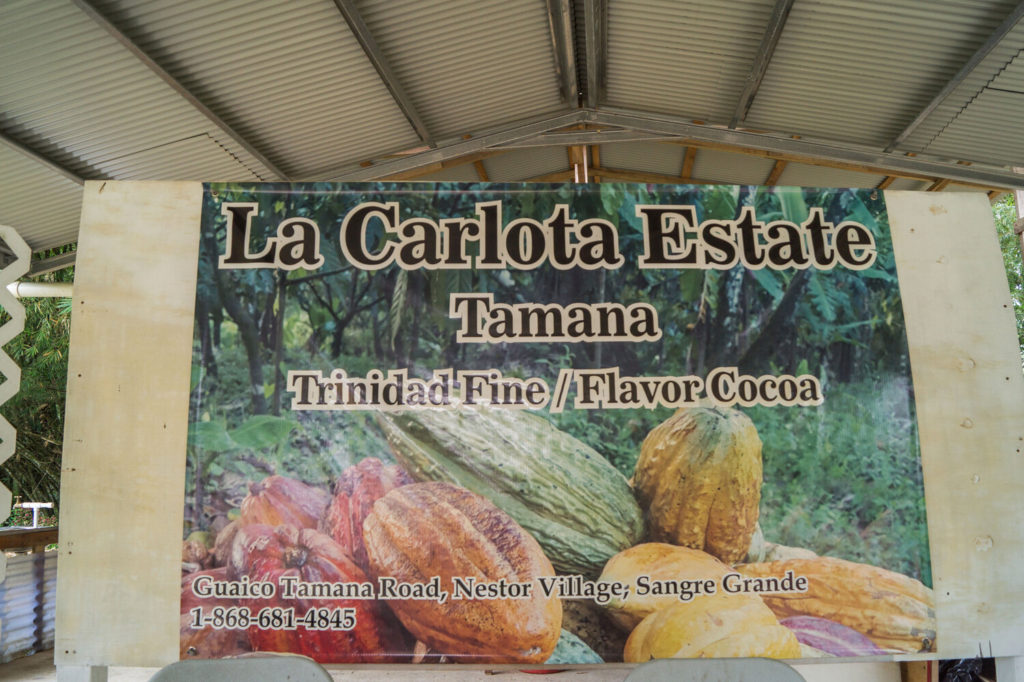

The La Carlota Estate’s legacy saw Mr. Fahey faithfully pass on the estate to Mr. Harold Jagroo, an esteemed payroll clerk and beloved shopkeeper, who purchased the estate for his wife, Sumat Jagroo. All Photos by Arnaldo James
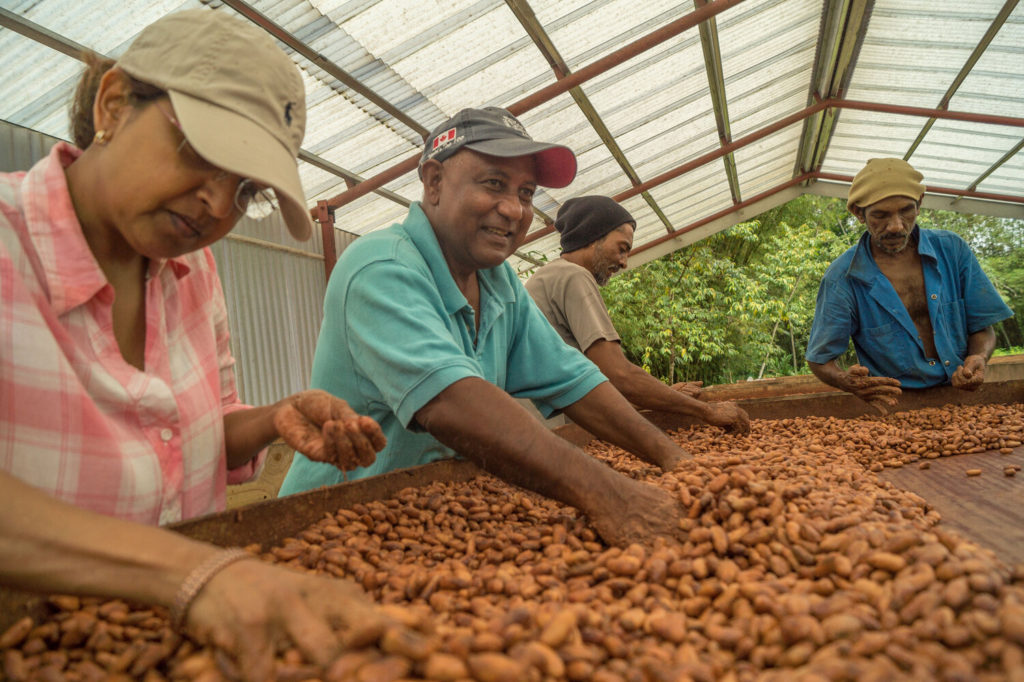
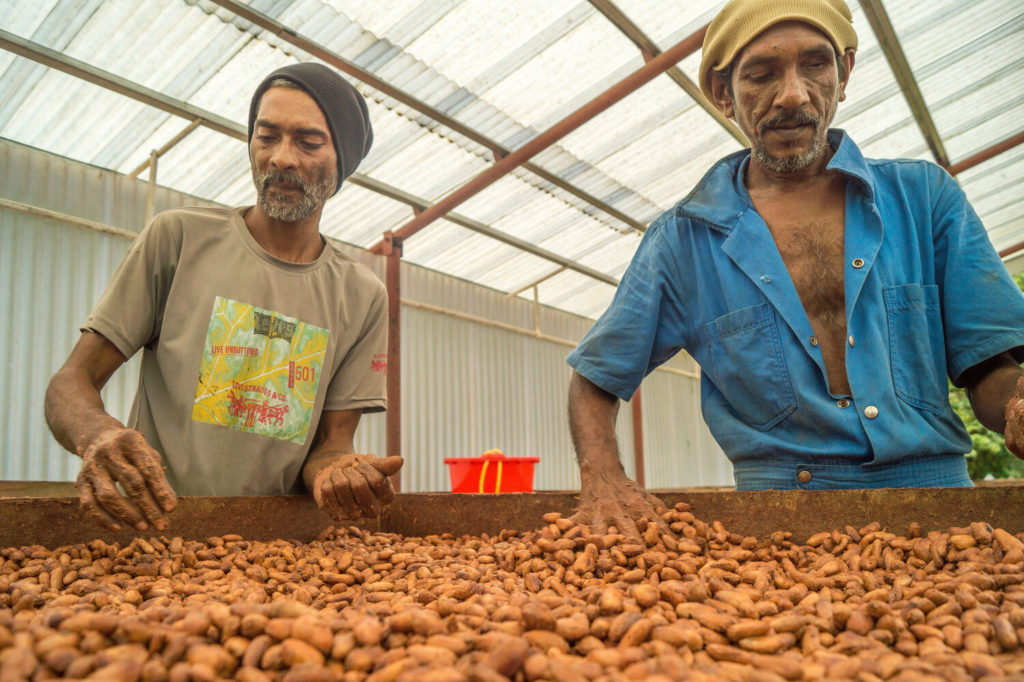
From bean to bar, Cherie-Ann, Deosaran, Sunil and Mills work together.
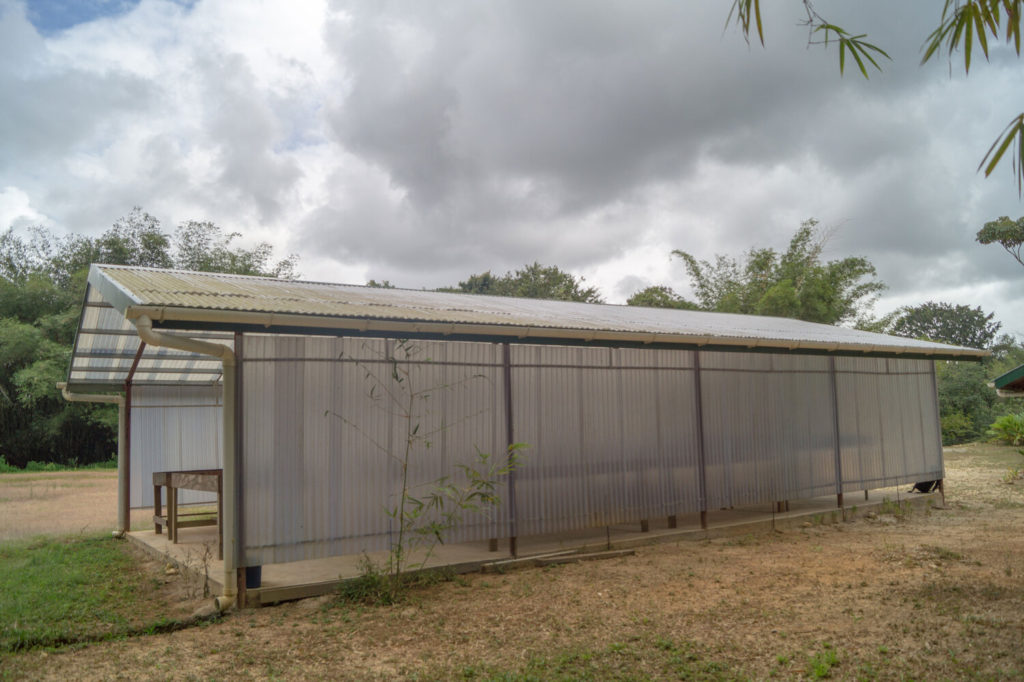

The drying house, built by Sunil, is strategically designed to provide shelter from the rain to ensure a smooth and uninterrupted post-harvest process.
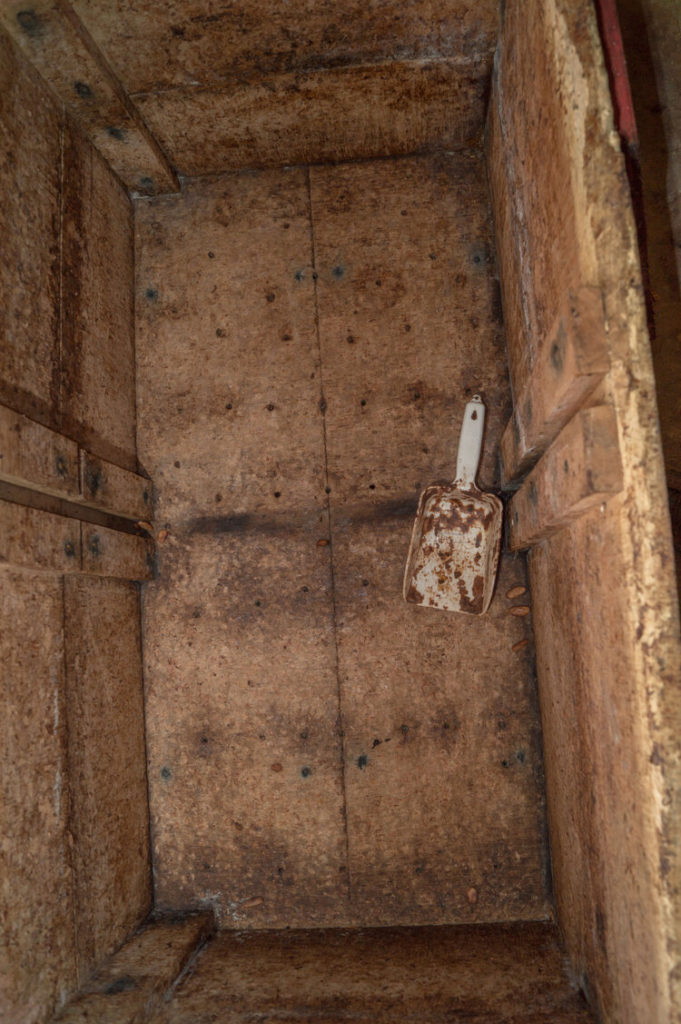
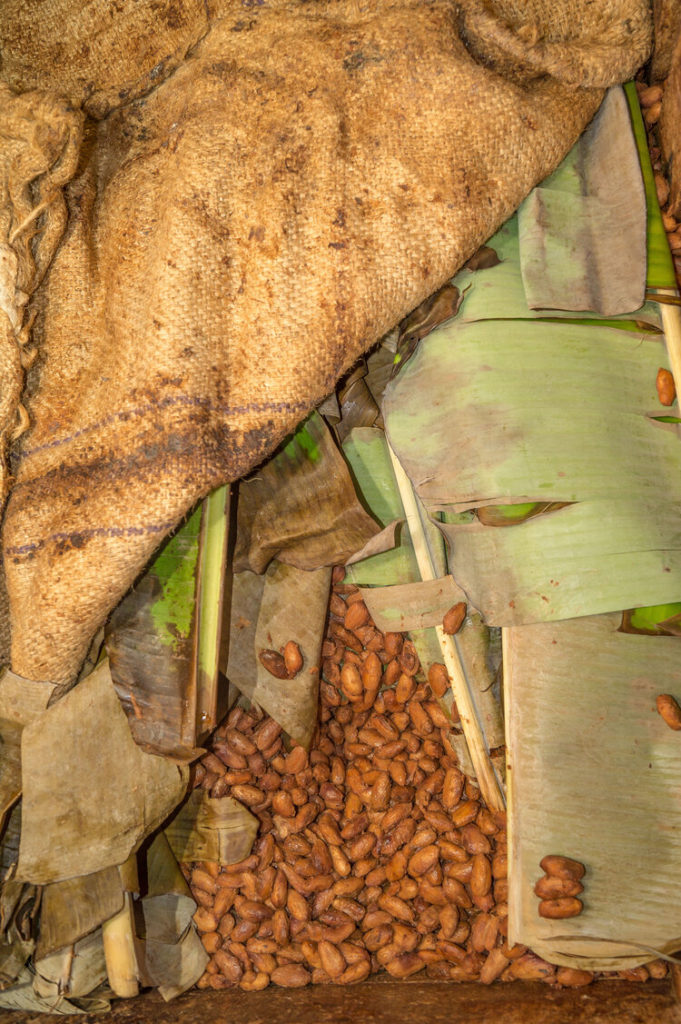
The La Carlota Estate takes pride in their post- harvest processing and quality management, which the Cocoa Research Centre has provided much support with.


The La Carlota Fermentation House.
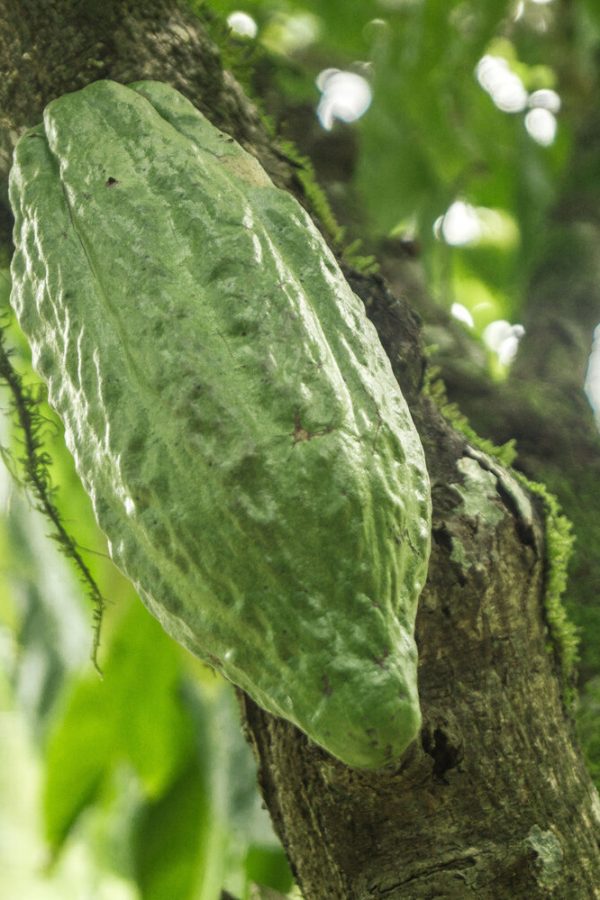
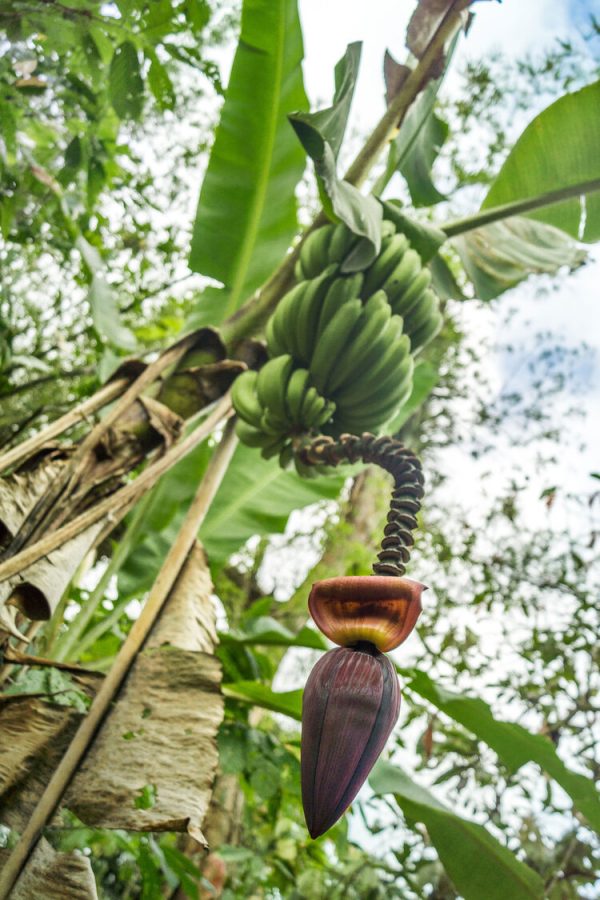

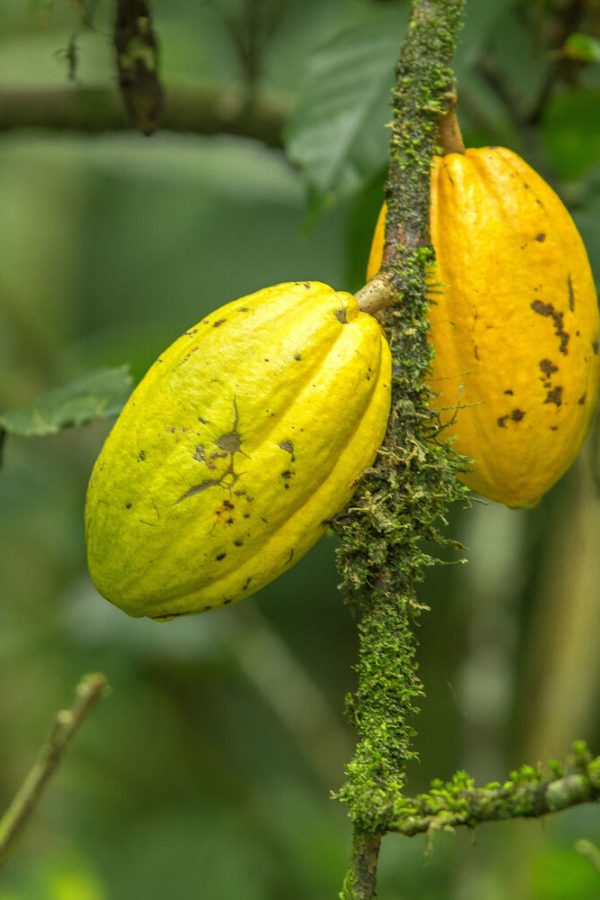
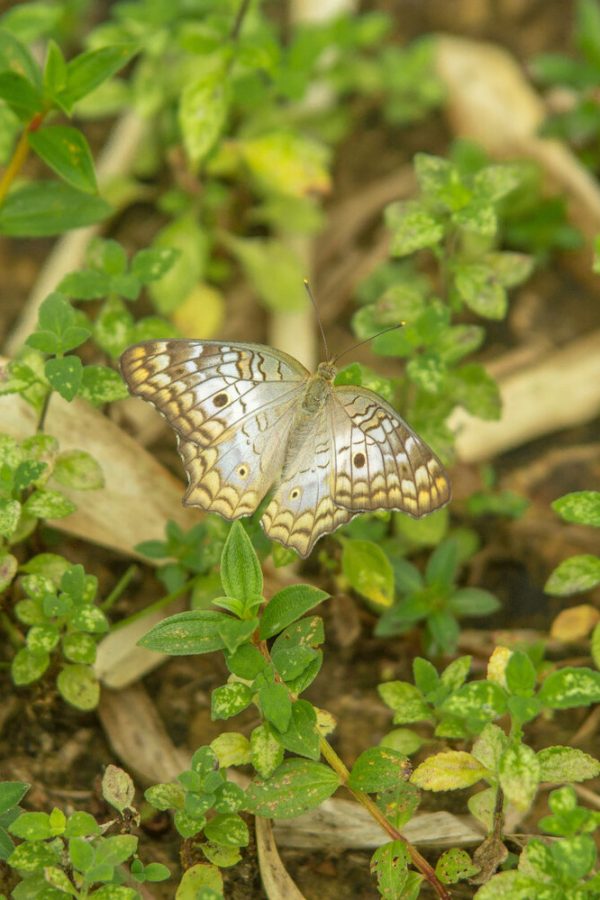
Deosaran and Cherie intend on developing the La Carlota Estate into a wellness and eco-centre with accommodation where friends and families can enjoy the serene environment.
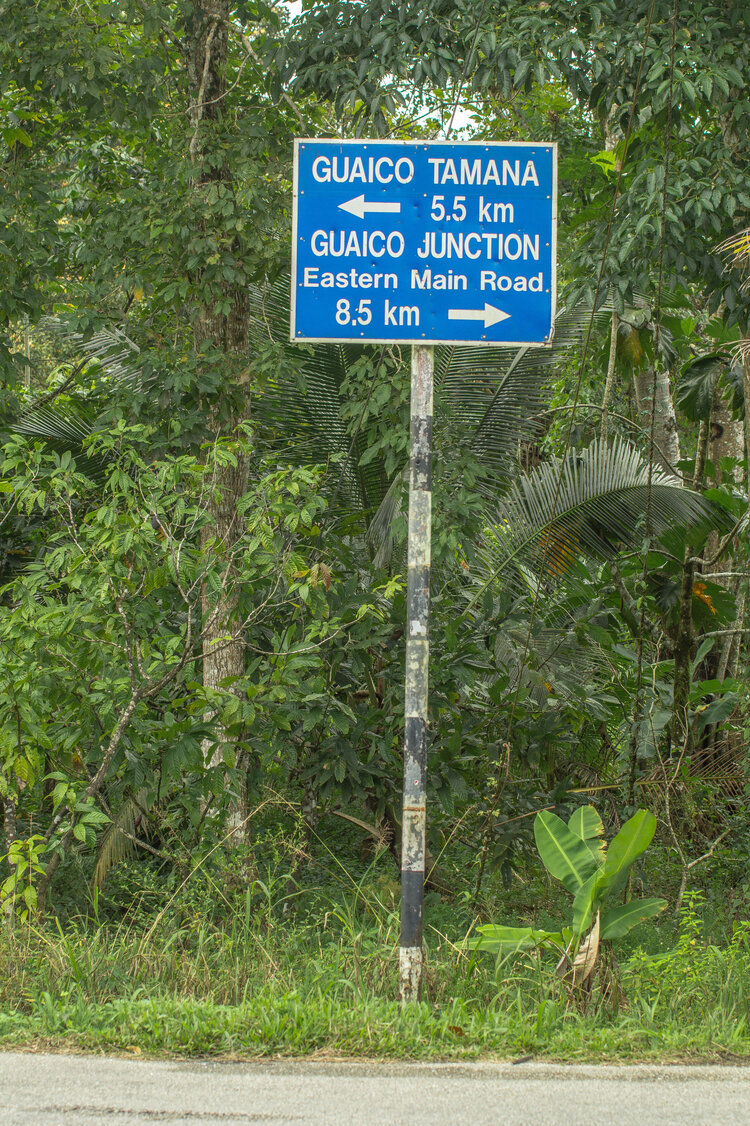
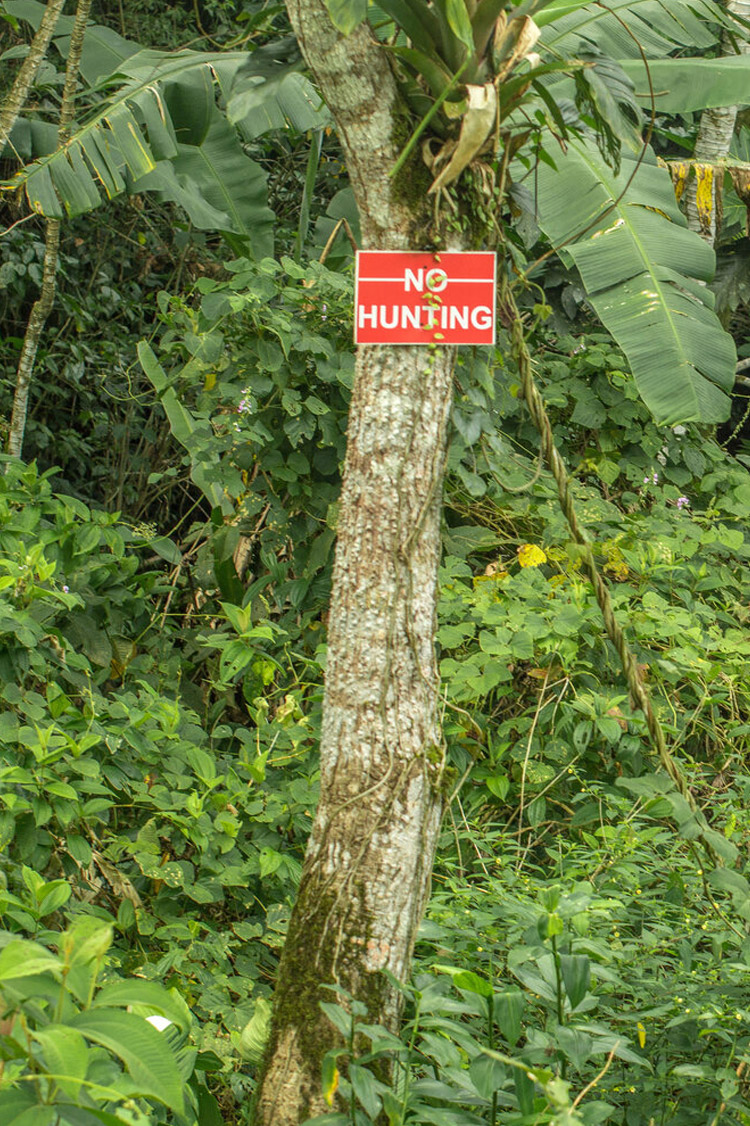

Found off the foothills of Mount Tamana and the Cunapo River in Trinidad and Tobago’s Central Range, the La Carlota Estate is part of a family legacy that lives on.
